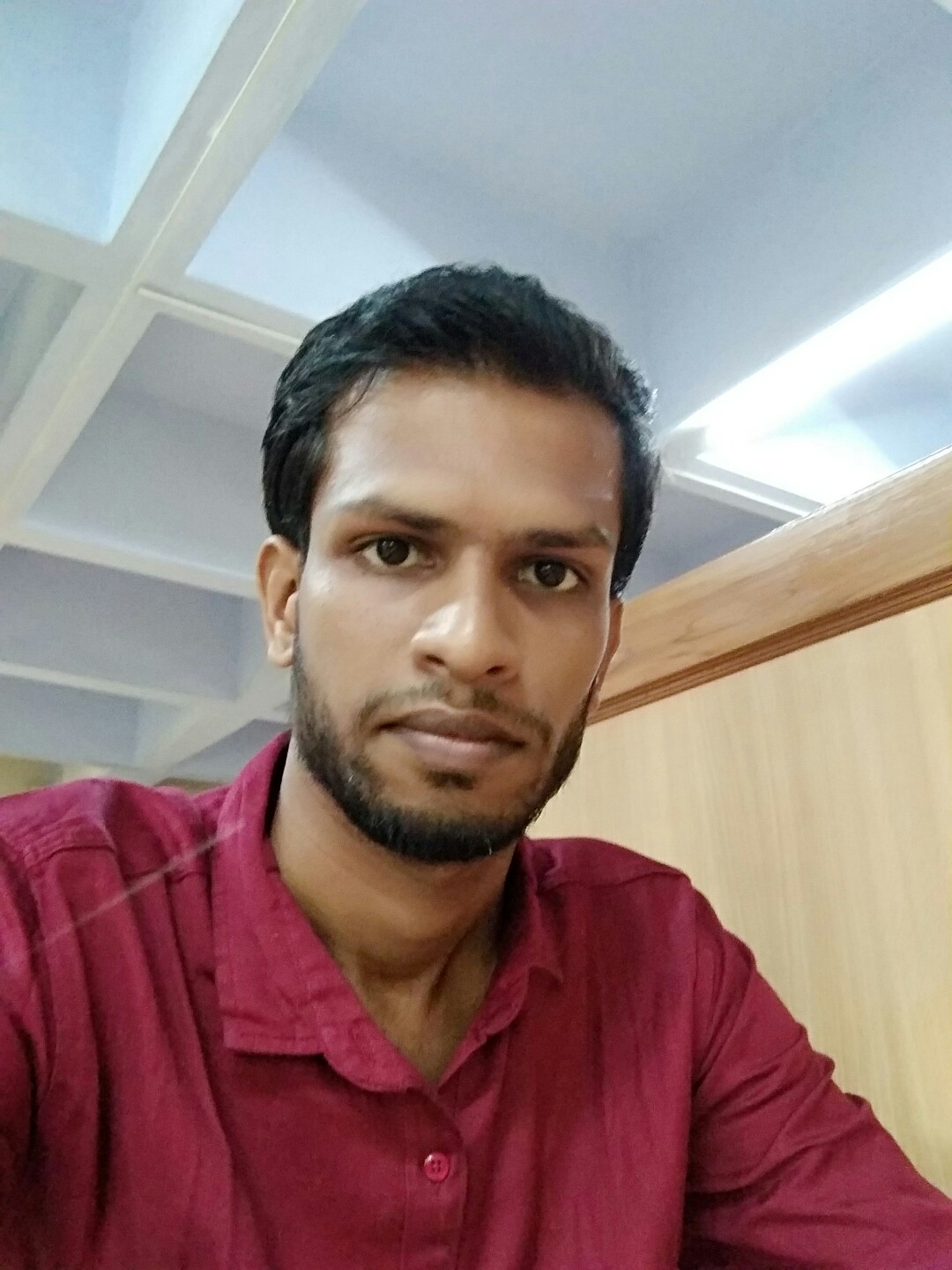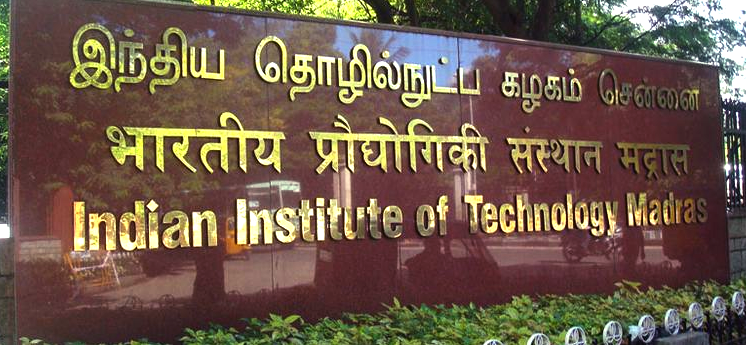Khalid Anis Ansari
In most academic and journalistic representations of the Muslim-minority space there is a persistent emphasis on the underrepresentation of Muslim legislators in various legislative bodies. The population proportion of Muslims has increased from the immediate post-partition phase of 10.4% to 14.2% in the 2011 Census. However, in the Lok Sabha Muslim representation has on an average been 6% so far. As Table 1 clearly demonstrates even the highest Muslim representation of 10% (49 MPs) that was registered in the seventh Lok Sabha was below their national population estimates.
MUSLIM REPRESENTATION IN LOK SABHA |
||||
| S. No | Year of Polls | No. of MPs | Percentage | |
| 1 | 1952 | 11 | 2 | |
| 2 | 1957 | 19 | 4 | |
| 3 | 1962 | 20 | 4 | |
| 4 | 1967 | 25 | 5 | |
| 5 | 1971 | 28 | 6 | |
| 6 | 1977 | 34 | 7 | |
| 7 | 1980 | 49 | 10 | |
| 8 | 1984 | 42 | 8 | |
| 9 | 1989 | 27 | 6 | |
| 10 | 1991 | 25 | 5 | |
| 11 | 1996 | 29 | 6 | |
| 12 | 1998 | 28 | 6 | |
| 13 | 1999 | 31 | 6 | |
| 14 | 2004 | 34 | 7 | |
| 15 | 2009 | 30 | 6 | |
| 16 | 2014 | 23 | 4 | |
| 17 | 2019 | 25 | 5 | |
Yet the story of Muslim underrepresentation in the political sphere needs to be contextualized. Largely because of the simplistic reduction of Muslims to their religious identity alone has serious epistemological consequences, particularly in making sense of social exclusion. As subordinated caste Pasmanda Muslim commentators have often pointed out the monolithic representation of Muslim identity irons out internal hierarchies, particularly those based on caste.
According to one analysis, of the 7,500 elected representatives from the first to the fourteenth Lok Sabha, 400 were Muslims—of which 340 were Ashraf (upper caste) Muslims and 60 were from the Pasmanda (OBC/Dalit/Adivasi) Muslim background. If we apply the population ratio 15 (Ashraf): 85 (Pasmanda)1 to the Muslim population figure of 14.2 percent as per the 2011 Census then the Ashrafs would have a 2.1 per cent share in the country’s population. But their representation in the Lok Sabha was around 4.5 per cent. On the other hand, while the Pasmandas’ share in the population was around 11.4 percent their representation in the parliament was merely 0.8 percent. One could clearly infer that the Ashraf Muslims, an erstwhile ruling class, were doubly represented while it were the Pasmanda Muslims who actually faced gross exclusion in the parliament.
The broad trend of Pasmanda exclusion has continued in the 17th Lok Sabha as well. Table 2 suggests that out of 25 Muslim MPs2 18 are higher caste while 7 are OBCs/STs. Again the higher caste Muslims are adequately represented with just over 3 percent representation while the representation of the Pasmanda Muslims is around 1 percent.
|
MUSLIM MPS IN 17th LOK SABHA |
||||
| S. NO. | NAME | CONSTITUENCY | PARTY | CATEGORY |
| 1 | BADRUDDIN AJMAL | ASSAM-DHUBRI | AIUDF | GENERAL |
| 2 | ABDUL KHALEQUE | ASSAM-BARPETA | INC | GENERAL |
| 3 | KUNWAR DANISH ALI | UTTAR PRADESH-AMROHA | BSP | GENERAL |
| 4 | AFZAL ANSARI | UTTAR PRADESH-GHAZIPUR | BSP | GENERAL |
| 5 | HAJI FAZLUR REHMAN | UTTAR PRADESH-SAHARANPUR | BSP | OBC |
| 6 | DR. S.T. HASAN | UTTAR PRADESH-MORADABAD | SP | GENERAL |
| 7 | DR. SHAFIQUR REHMAN BARQ | UTTAR PRADESH-SAMBHAL | SP | GENERAL |
| 8 | MOHAMMAD AZAM KHAN | UTTAR PRADESH-RAMPUR | SP | GENERAL |
| 9 | ASADUDDIN OWAISI | TELANGANA-HYDERABAD | AIMIM | GENERAL |
| 10 | IMTIAZ JALEEL SYED | MAHARASHTRA-AURANGABAD | AIMIM | GENERAL |
| 11 | ADV. A M ARIFF | KERALA-ALAPPUZHA | CPI (M) | OBC |
| 12 | P.K. KUNHALIKUTTY | KERALA-MALLAPURAM | IUML | OBC |
| 13 | E. T. MOHAMMED BASHEER | KERALA-PONNANI | IUML | OBC |
| 14 | HASNAIN MASOODI | JAMMU & KASHMIR-ANANTNAG | JKNC | GENERAL |
| 15 | MOHAMMAD AKBAR LONE | JAMMU & KASHMIR-BARAMULLA | JKNC | GENERAL |
| 16 | FAROOQ ABDULLAH | JAMMU & KASHMIR-SRINAGAR | JKNC | GENERAL |
| 17 | DR. MOHAMMAD JAWED | BIHAR-KISHANGANJ | INC | GENERAL |
| 18 | CHOUDHARY MEHBOOB ALI KAISER | BIHAR-KHAGARIA | LJP | GENERAL |
| 19 | NUSRAT JAHAN RUHI | WEST BENGAL-BASIRHAT | TMC | GENERAL |
| 20 | ABU TAHER KHAN | WEST BENGAL-MURSHIDABAD | TMC | GENERAL |
| 21 | SAJDA AHMED | WEST BENGAL-ULUBERIA | TMC | OBC |
| 22 | ABU HASEM KHAN CHOWDHURY (DALU) | WEST BENGAL-MALDAHA DAKSHIN | INC | GENERAL |
| 23 | KHALILUR RAHAMAN | JANGIPUR-WEST BENGAL | TMC | GENERAL |
| 24 | K. NAVASKANI | RAMANATHAPURAM-TAMIL NADU | IUML | OBC |
| 25 | MOHAMMED FAIZAL PP | LAKSHWADEEP | NCP | ST |
The above exercise of introducing caste in the data on Muslim political underrepresentation complicates the picture and reveals the power differentials within the community. It is regrettable that due to the discursive grip of the minority discourse that hypervalorizes religion most researchers have hardly paid attention to caste-based hierarchies among Muslims in their work. If the Muslim category is complicated by introducing other social categories—not only in the political sphere but also in education, employment and so on—then one would hopefully arrive at a more contextualized and nuanced understanding of the community and social exclusion.
Corrections and clarifications: This article has been edited to exclude the name of Ms. Aparupa Poddar (Afrin Ali), the Trinamool Congress MP from Arambagh seat in West Bengal. She has contested from an SC reserved seat and so technically cannot be a Muslim.
~
Notes
1. P. S. Krishnan: “There is no census of the population of communities/groups of Muslim BCs and their proportion to the total Muslim population of each state. The National Sample Survey Organisation (NSSO) has made estimates, but it has got methodological limitations and, therefore, many of its figures, mentioned in Sachar Committee’s report, are underestimates. It is, in fact, in the range of 80 to 85% in the northern states and even higher in the southern states…” [Krishnan, P. S. (2010). Understanding the Backward Classes of Muslim Society. Economic & Political Weekly, XLV(34), p. 52].
2. A few reports have given the figure of 27 Muslim MPs. This is erroneous as they have enlisted the Congress’ Mohammad Sadique who has won the Faridkot seat from Punjab as a Muslim. My colleague Shafiullah Anis informs me that he is a Sikh belonging to the SC community.
3. I am deeply thankful to all my friends and sources who helped me in compiling this list.
~~~
Khalid Anis Ansari teaches at Glocal University. The views are personal.











I am amazed and impressed as well as pleased at the rigorous research work that has been done to highlight the plight of the Pasmanda muslims. Even though I am not a muslim I would like to help out in propagating this important message to the public at large.